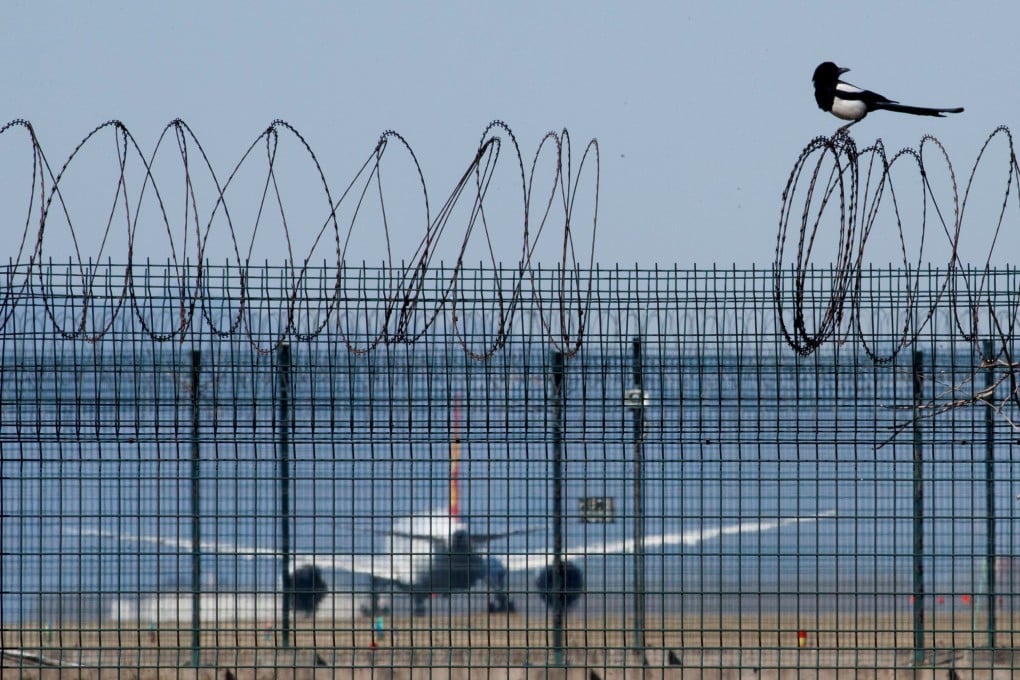Advertisement
Chinese scientists build bird-zapping laser to guard airports
- The AI-driven system fires a painful but non-lethal beam at birds, which pose a high risk to aircraft
- However, conservationist raises concerns over its effects on protected species and warns birds might adapt
Reading Time:3 minutes
Why you can trust SCMP
7

Chinese scientists say they have built a robotic system with lasers to repel birds from airports, helping to prevent risky bird-plane collisions.
The AI-driven system automatically identifies flying birds and fires a painful but non-lethal laser beam at them until they leave the restricted air space.
The high-energy laser beam is guided by a smart camera powered by image recognition and tracking algorithms, according to the researchers.
Advertisement
They said their bird-tracking algorithm achieved a 50 per cent improvement in performance over existing target-tracking algorithms.
The research was led by Professor Zhao Fan from Xian University of Technology in the northwestern province of Shaanxi. The team published their findings in the peer-reviewed journal Laser & Optoelectronics Progress in April.
Advertisement
Advertisement
Select Voice
Choose your listening speed
Get through articles 2x faster
1.25x
250 WPM
Slow
Average
Fast
1.25x